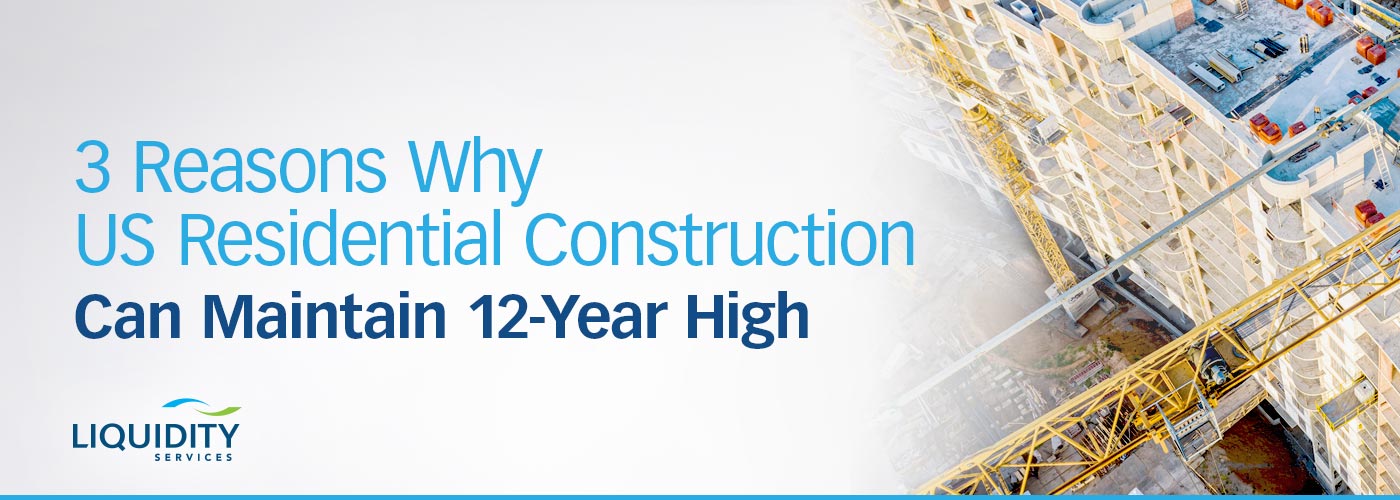
Last month, the U.S. Census Bureau and the U.S. Department of Housing and Urban Development announced the latest residential construction rates, demolishing economists’ expectations. Overall home construction is up 12.3% – the highest it’s been since May 2007. More astonishing, apartment and condominium building rates rose 30.9%.
Far from a one-off, this rise in building rates indicates a bright future for the construction industry overall. Why? Here are three trends home construction companies should consider – including a new phenomenon known as the “missing middle” housing problem – and how construction companies can prepare for the increased demand.
1. Millennials Locked Out of Starter Home Prices
It’s almost cliché at this point, how long many of our youngest adult generation live in their childhood home. It’s true, though: 22% of millennial adults still live with their parents – the highest percentage in this century.
But, the cliché exists for a reason: It simply cost too much to buy a house.
Unlike previous generations, millennials graduated from college with excessive debt into one of the worst economic situations the world has seen in decades. Between student debt, skyrocketing home prices and stagnate wages, millennials were locked out of traditional home ownership for longer than their parents and grandparents.
That’s why so many millennials either live at home… or rent with roommates. Hence, the incredible 30.9% rise in both apartments and condominiums construction.
2. The “Missing Middle” Housing Problem for Entry-Level Buyers
Many home builders have focused on luxury, high-end development houses. Historically, these have had the highest margins – the biggest bang for their construction buck.
However, with more older home owners choosing to retire in their homes rather than sell, there’s a huge demand for entry level housing without a ton of inventory. This “missing middle” housing segment has seen the fastest growth over the last few years.
That growth might explain the 7.7% rise in building permits. It’s an opportunity for the savvy home construction company able to pivot quickly to fill this “missing middle” housing gap.
3. Historically Low Interest Rates Raise Residential Construction Prices and Ownership
The Federal Reserve’s current target interest rate range is 1.75 to 2%, without indications that it plans to raise interest rates any time soon, given pressure from the current administration.
One of the biggest challenges to home ownership – particularly for first-time buyers who may not have a high deposit saved up – is mortgage rates. High rates can add hundreds of dollars to an otherwise reasonable monthly mortgage payment.
Lower rates, on the other hand, ease entry into home ownership. And, it means that home builders can charge a higher listing price for their new construction, since the mortgage won’t be burdened with high interest payments.
So, is your construction firm equipped to take advantage of this residential market trend? You’ll need modern equipment to compensate for the skilled labor shortage, and a way to keep overhead costs down besides. Take this moment to start an asset valuation strategy – see what you have, see what you can reuse, see what you can dispose of, and see what you’ll need to upgrade before you can start building new residential homes for the millennial buyer.



Comments are closed.